Apple introduced the new 14" and 16" MacBook Pros along with the new Mac mini desktop computers. Even though we say they are new, there aren't that many changes. You won't find them in terms of appearance, but you will find them in terms of performance. And while the performance increase is evident here, the connectivity with external monitors maybe a little.
Compared to the Mac mini and perhaps the Mac Studio, MacBook Pros are portable computers, from which it is somehow expected that their user, i.e. most likely a professional, will need to connect them to an external display from time to time in order to have a better overview of their activities. MacOS then offers great work with multiple windows, so your productivity is more effective with multiple monitors. But as far as the number of connected external monitors is concerned, the new chips do not move them anywhere, even if the resolution improves, because while the previous generation offered HDMI 2.0, the new one boasts HDMI 2.1.
M1
- Support for one external display
M1 Pro
- Support for two external displays
Max M1
- Support for 4 external displays (MacBook Pro)
- Support for 5 external displays (Mac Studio)
M1Ultra
- Support for 5 external displays
M2
- Support for one external display
M2 Pro
- Support for two external displays
Max M2
- Support for 4 external displays
When it comes to chip comparisons M1 a M2, there is no shift as both can handle a single external display with up to 6K resolution at 60Hz. Chip M2 Pro it can handle up to two external displays with a resolution of up to 6K and a refresh rate of 60 Hz connected via Thunderbolt, or one external display with a resolution of up to 6K and a refresh rate of 60 Hz connected via Thunderbolt and one external display with a resolution of up to 4K and a refresh rate of 144 Hz connected via HDMI. Also one external display with 8K resolution and 60 Hz refresh rate or one external display with 4K resolution and 240 Hz refresh rate connected via HDMI.
It could be interest you
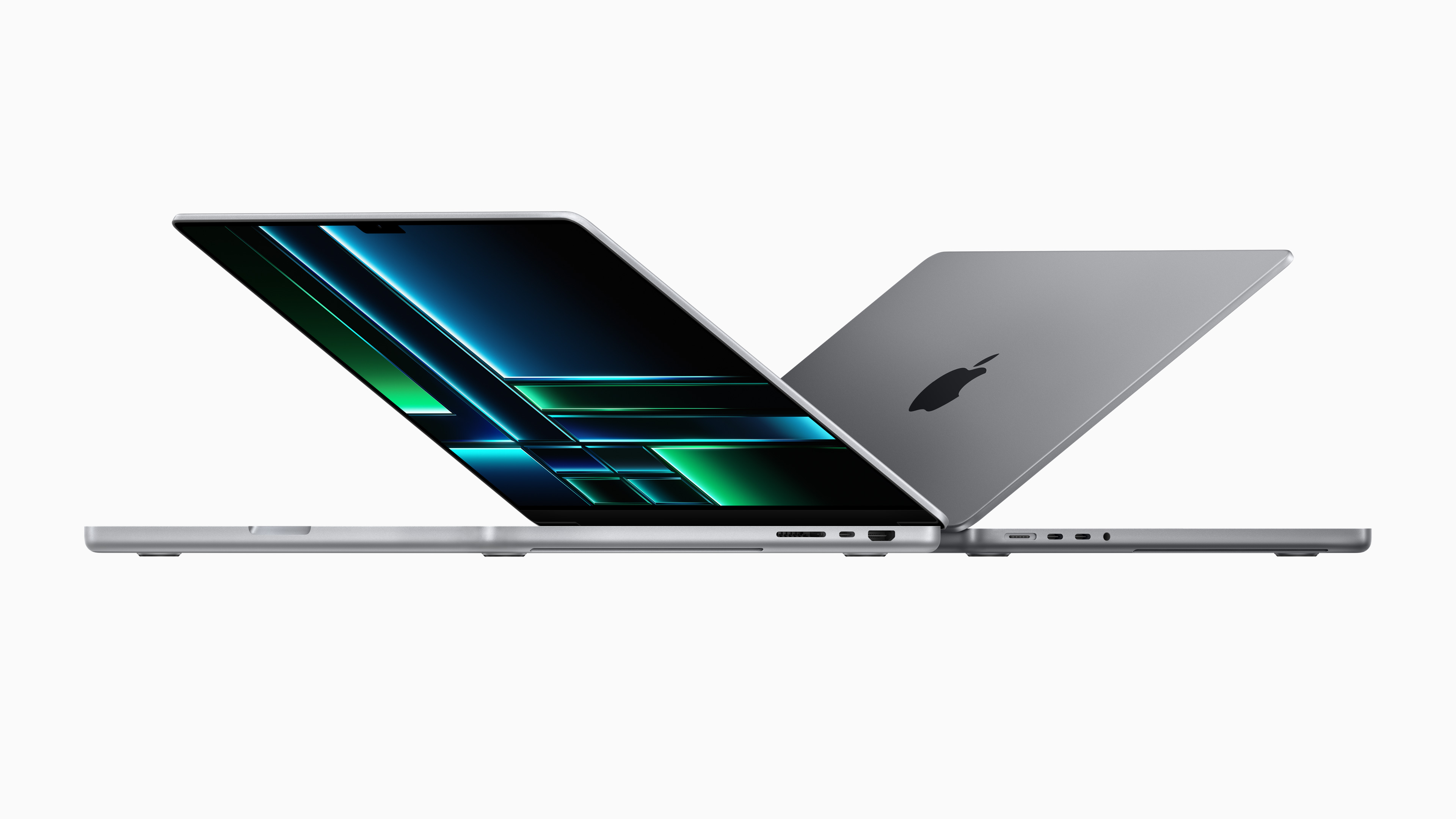
Max M2 supports up to four external displays, where three external displays with a resolution of 6K and a refresh rate of 60 Hz can be connected via Thunderbolt and one external display with a resolution of up to 4K and a refresh rate of 144 Hz connected via HDMI. In the case of connecting three displays, up to two with a resolution of 6K and a refresh rate of 60 Hz connected via Thunderbolt and one external display with a resolution of up to 8K and a refresh rate of 60 Hz or one external display with a resolution of 4K and a refresh rate of 240 Hz connected via HDMI.
The M1 Ultra chip, which is only part of the Mac Studio computer so far, has support for up to four Pro Display XDR (6K resolution at 60 Hz) via USB‑C and one 4K display (4K resolution at 60 Hz) via HDMI.
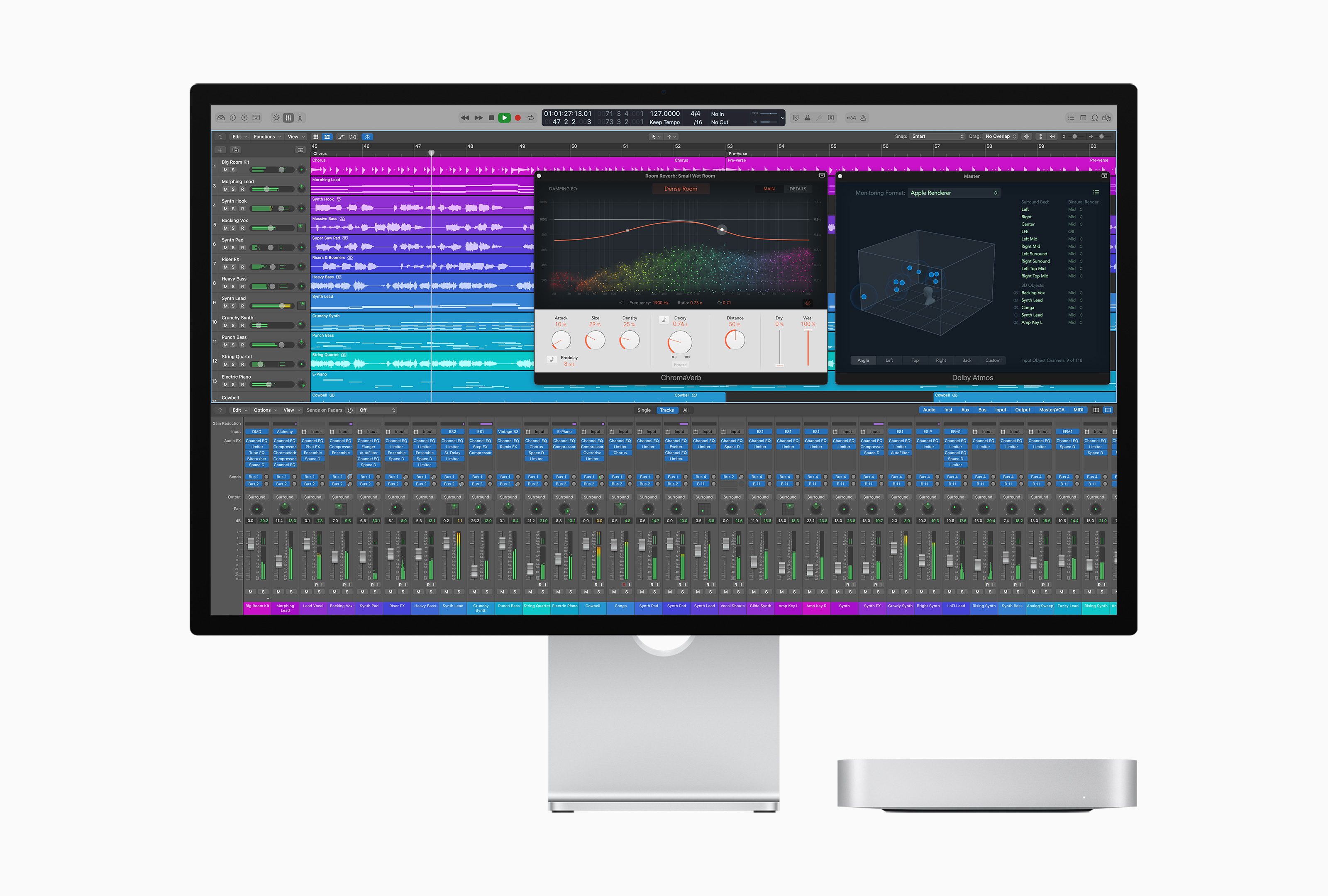
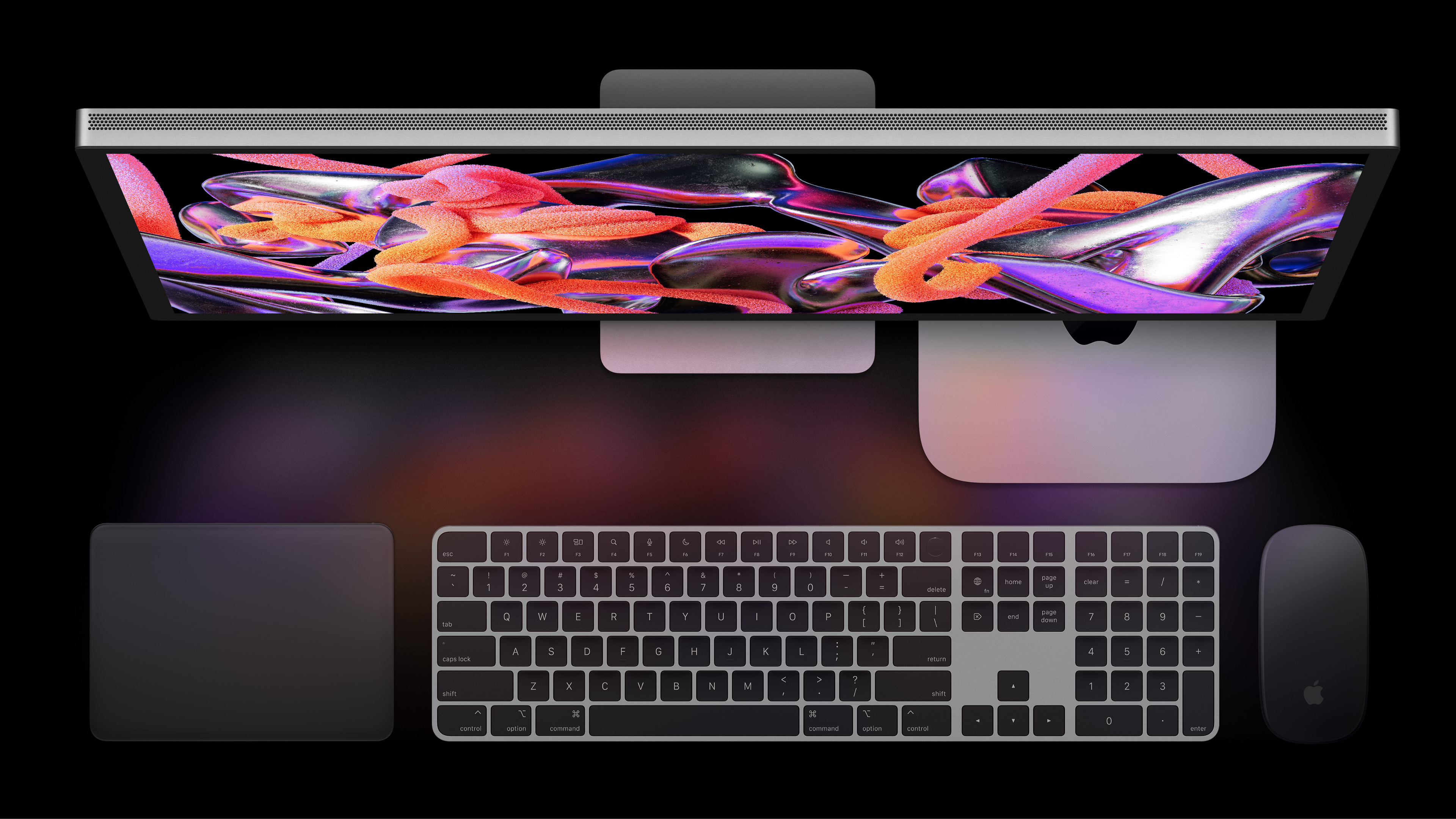
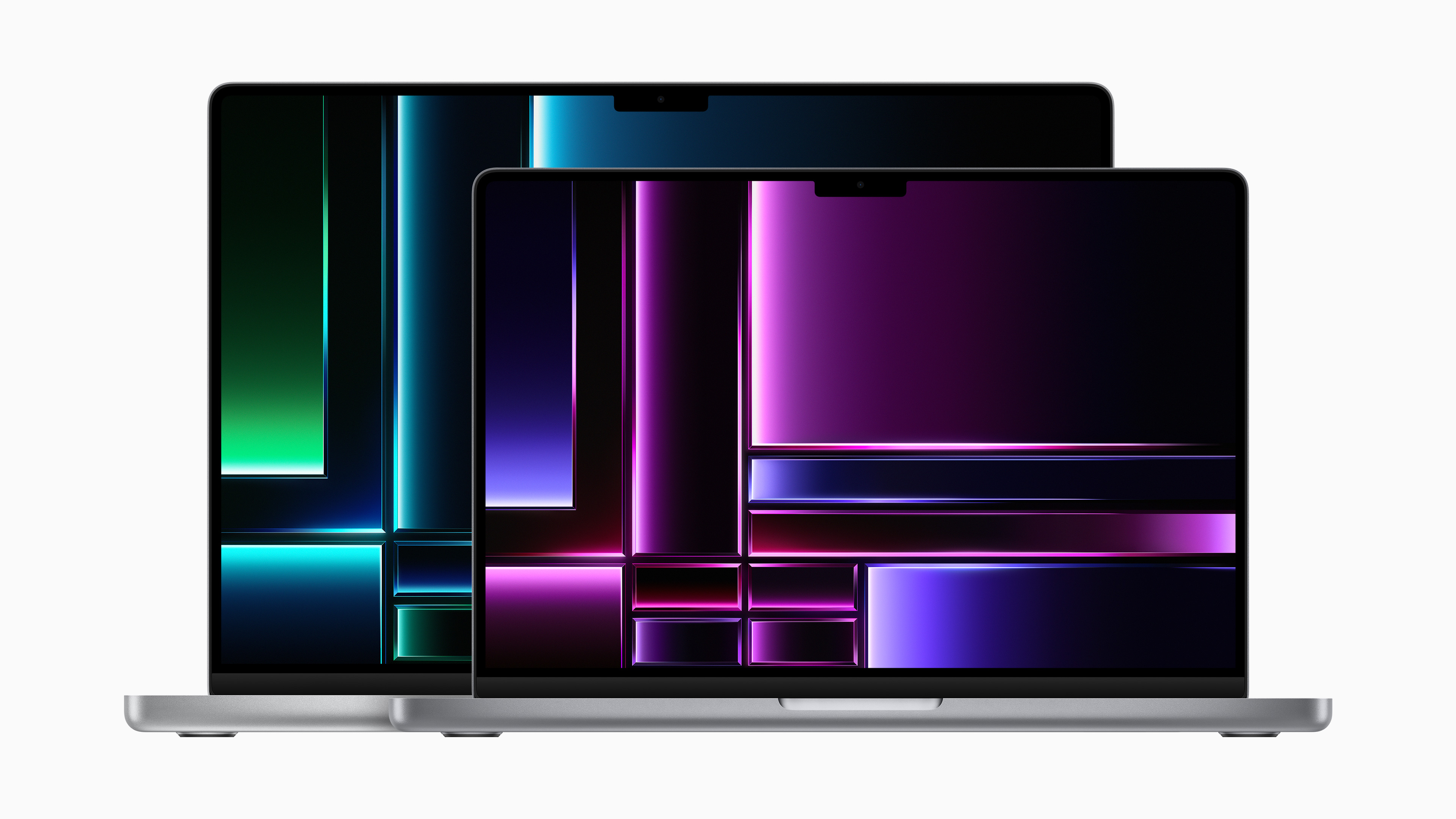
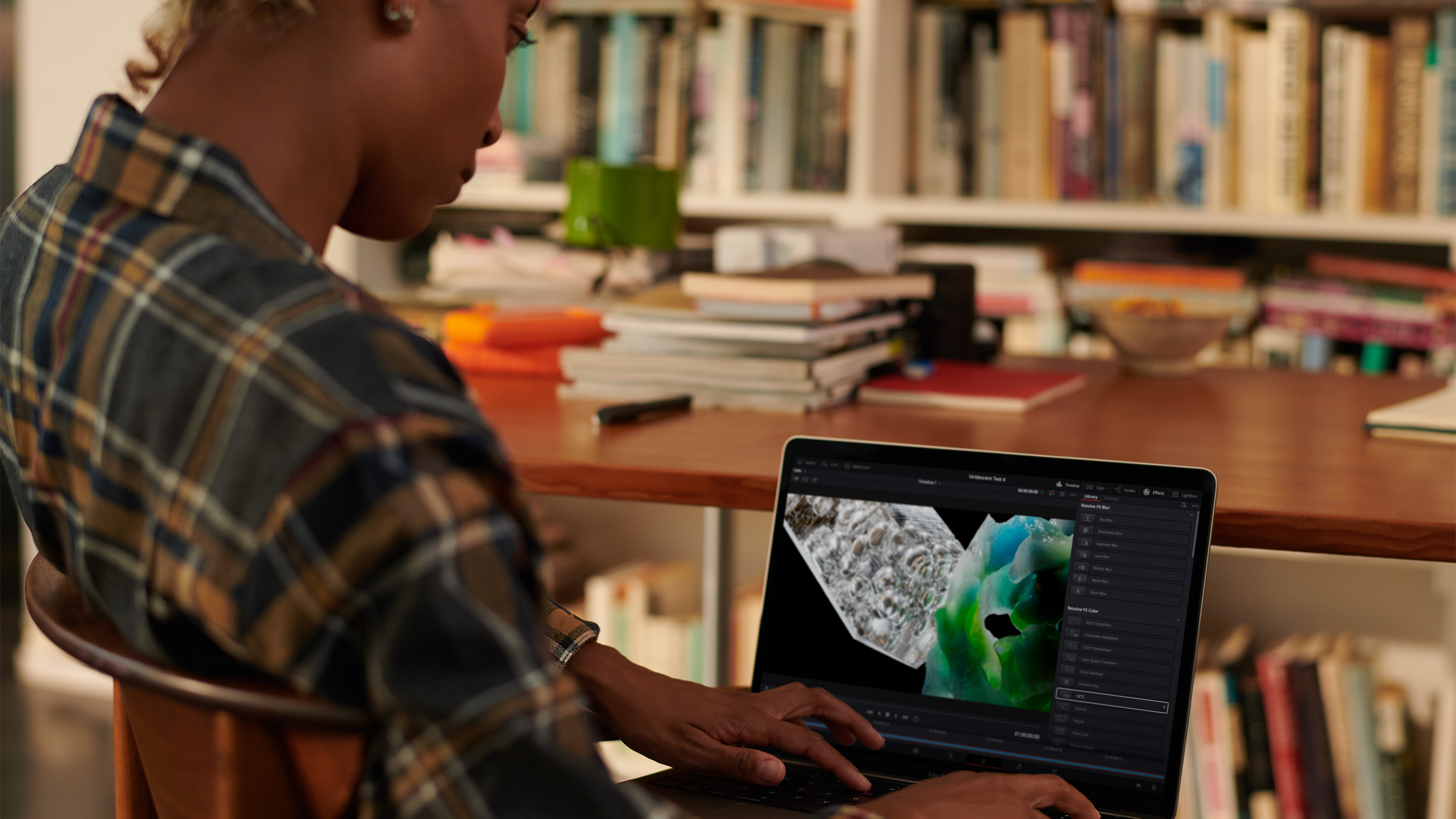
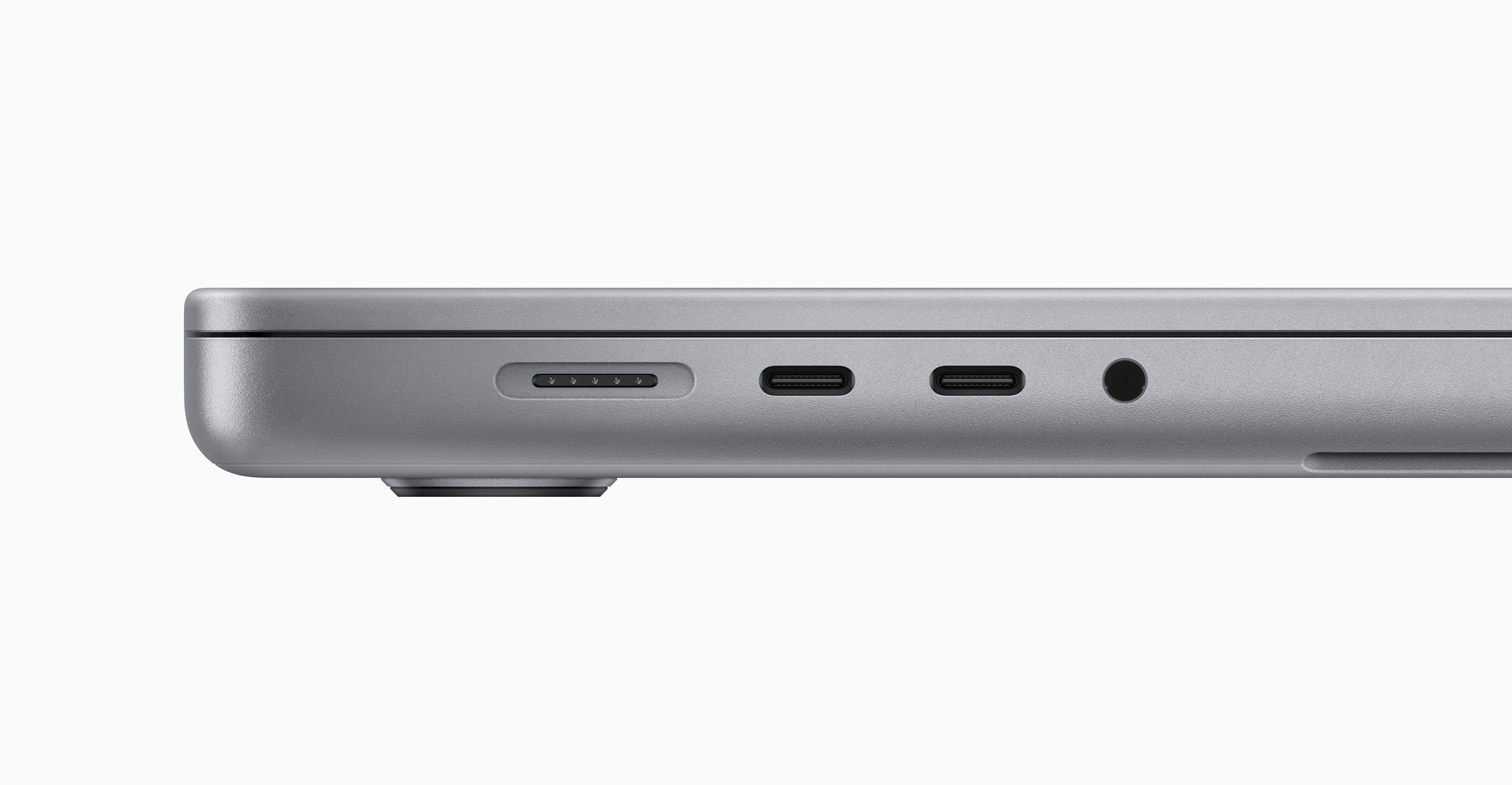
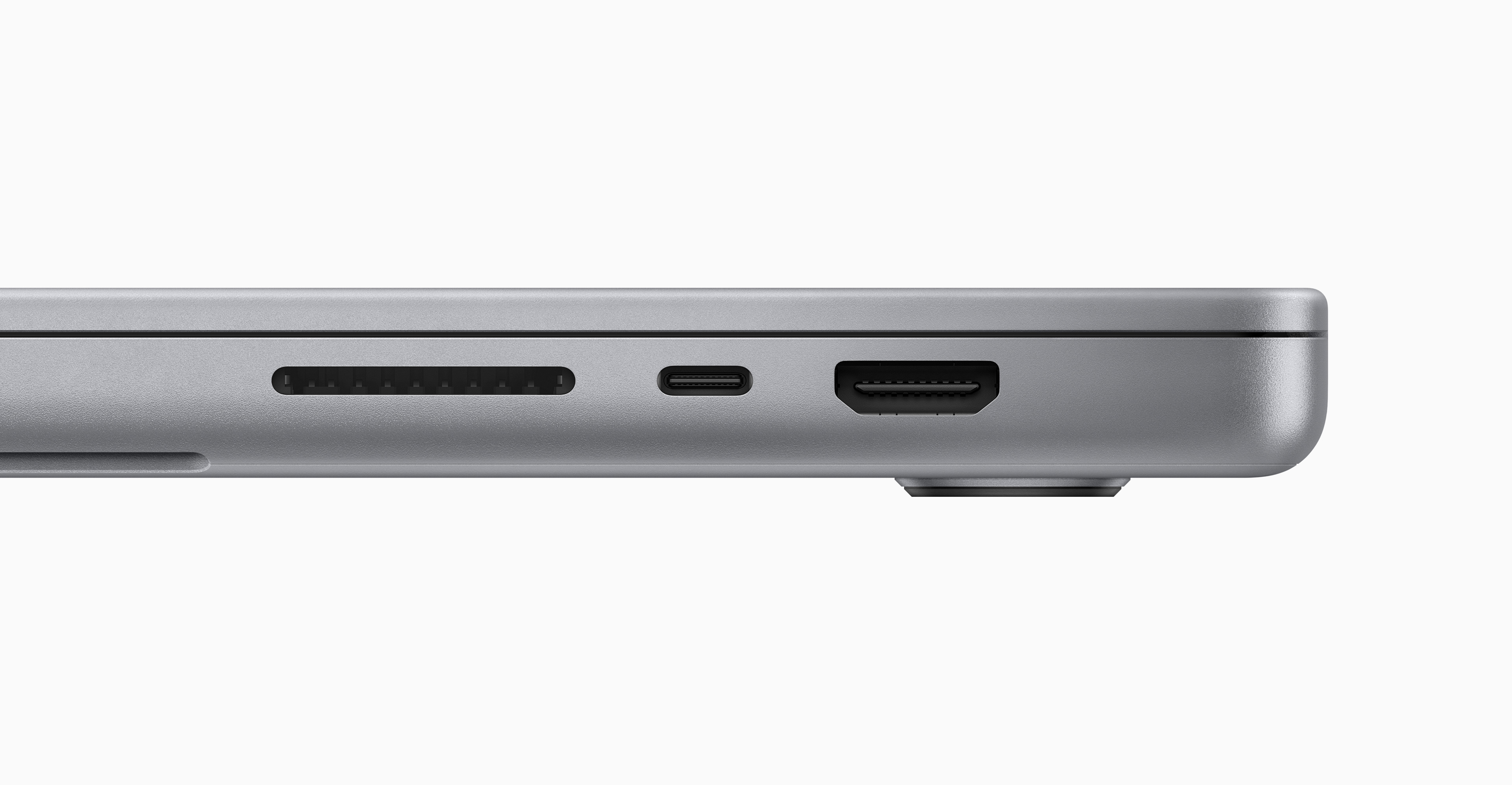

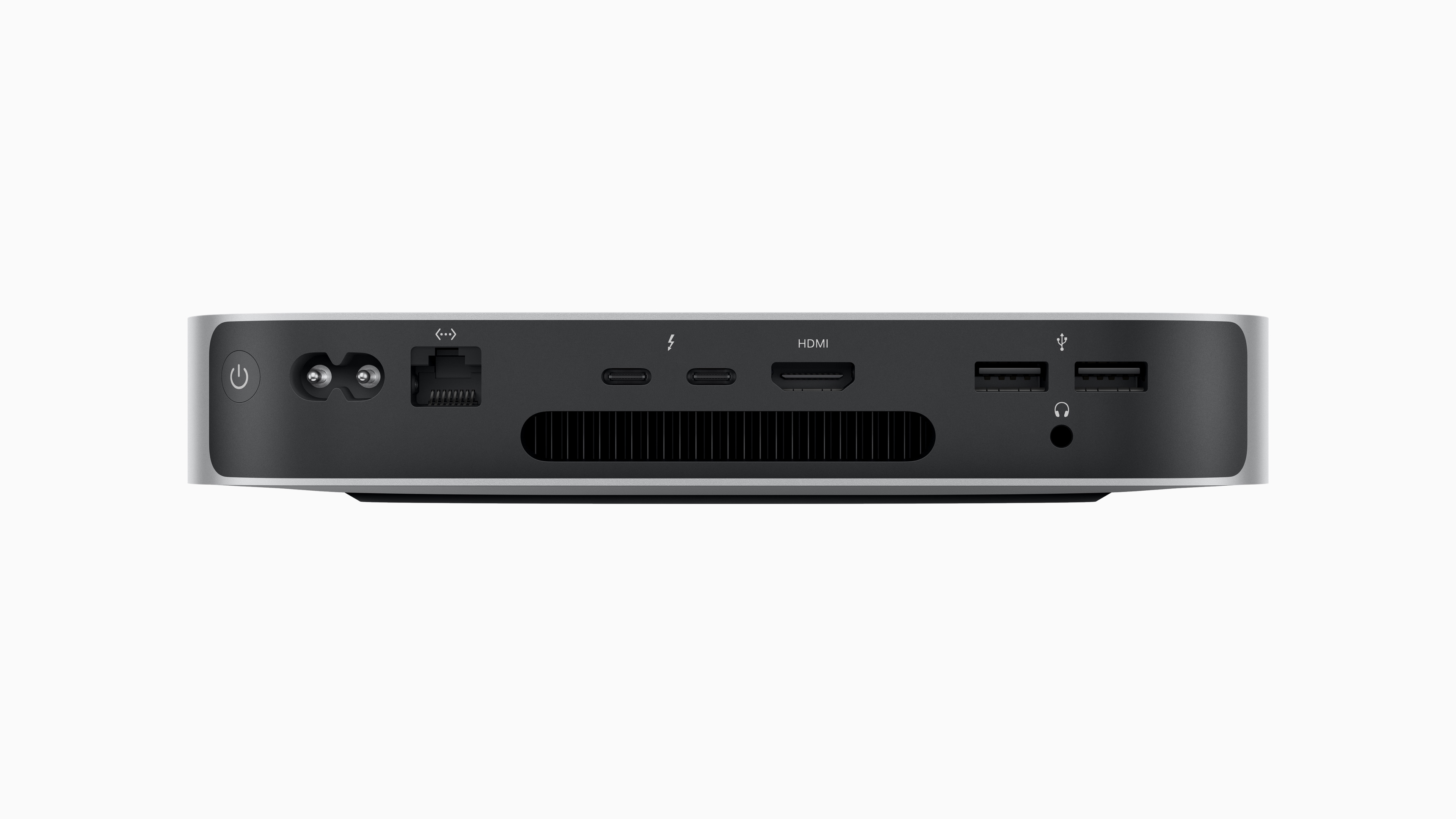
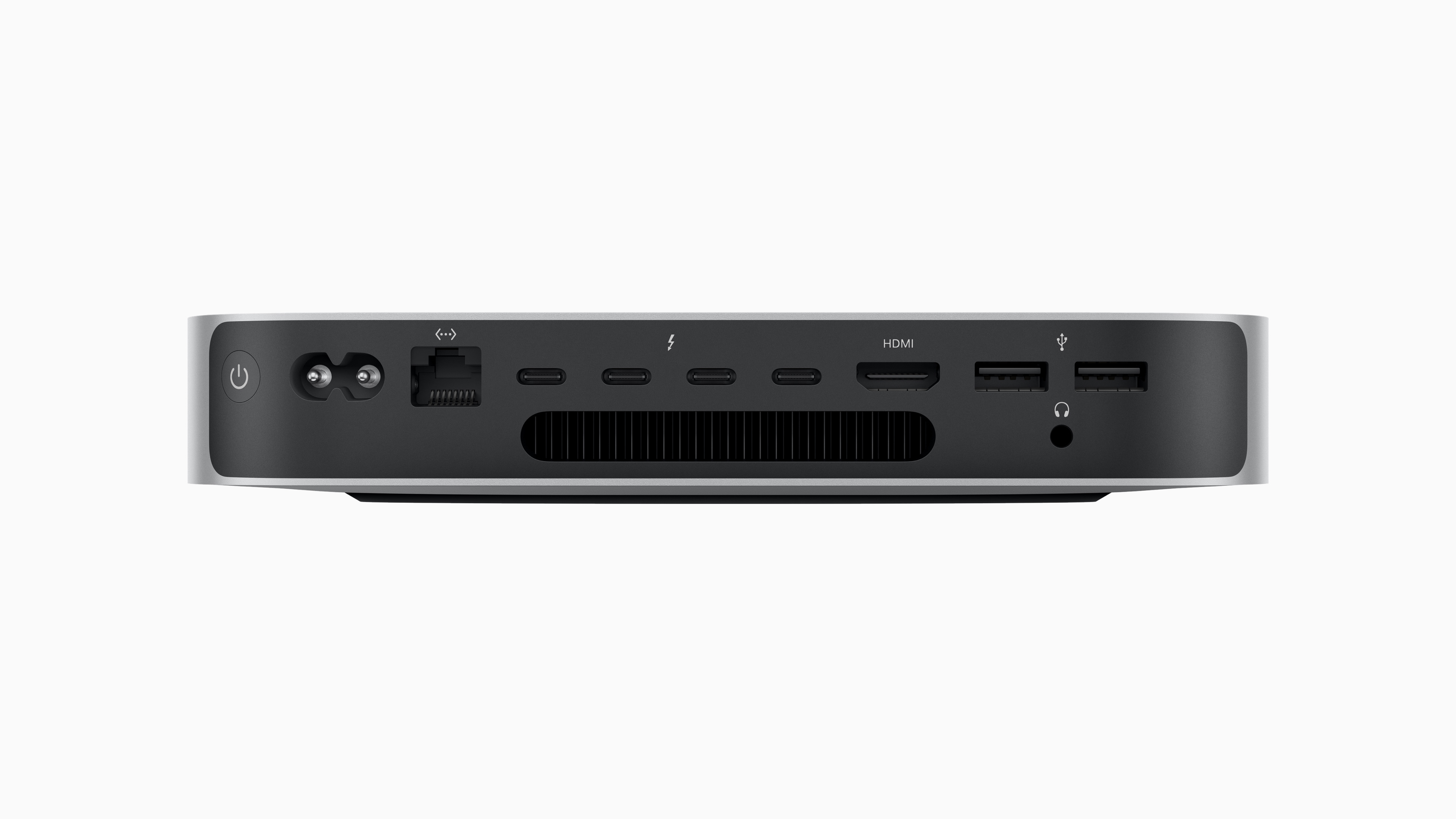
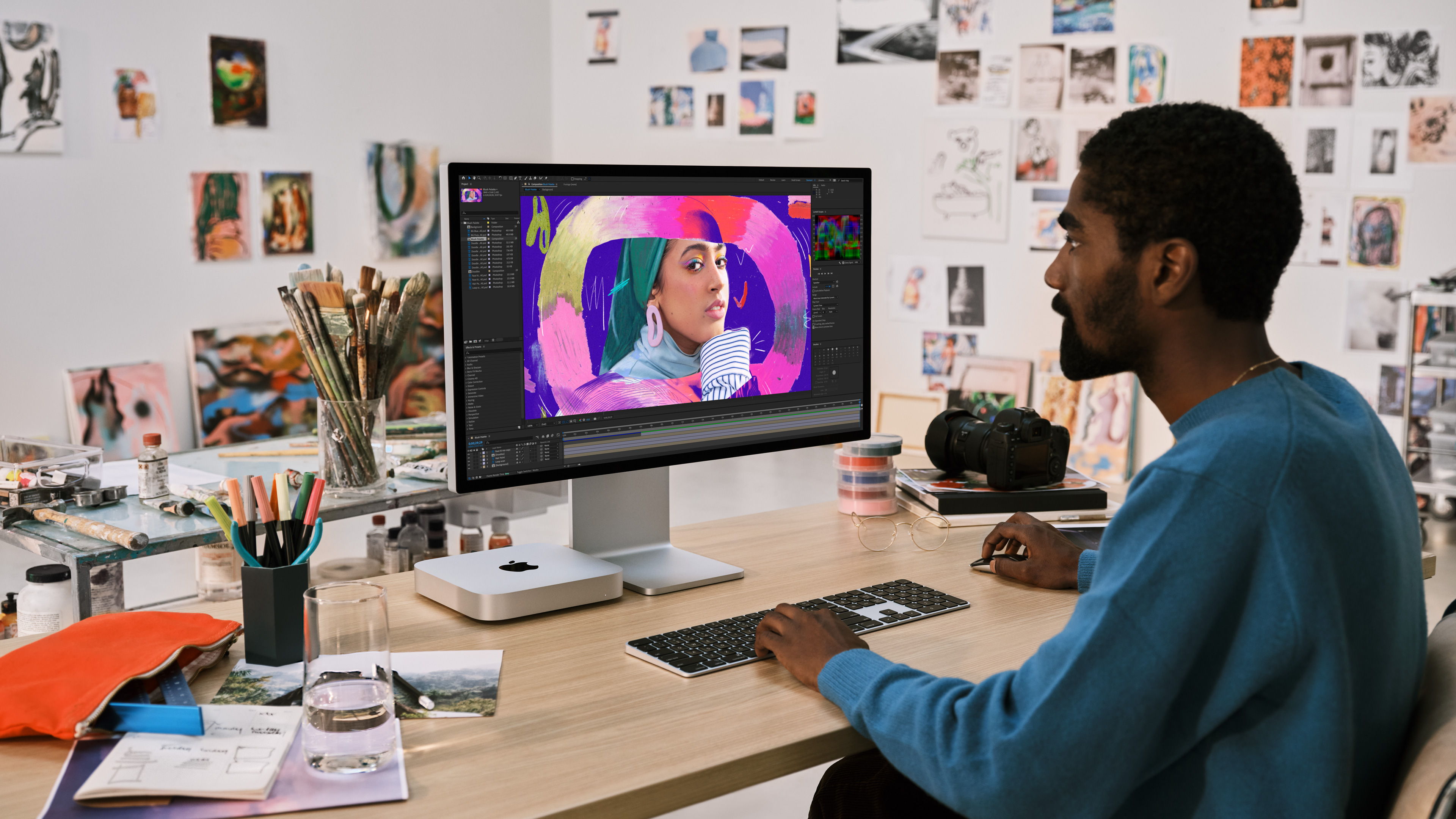
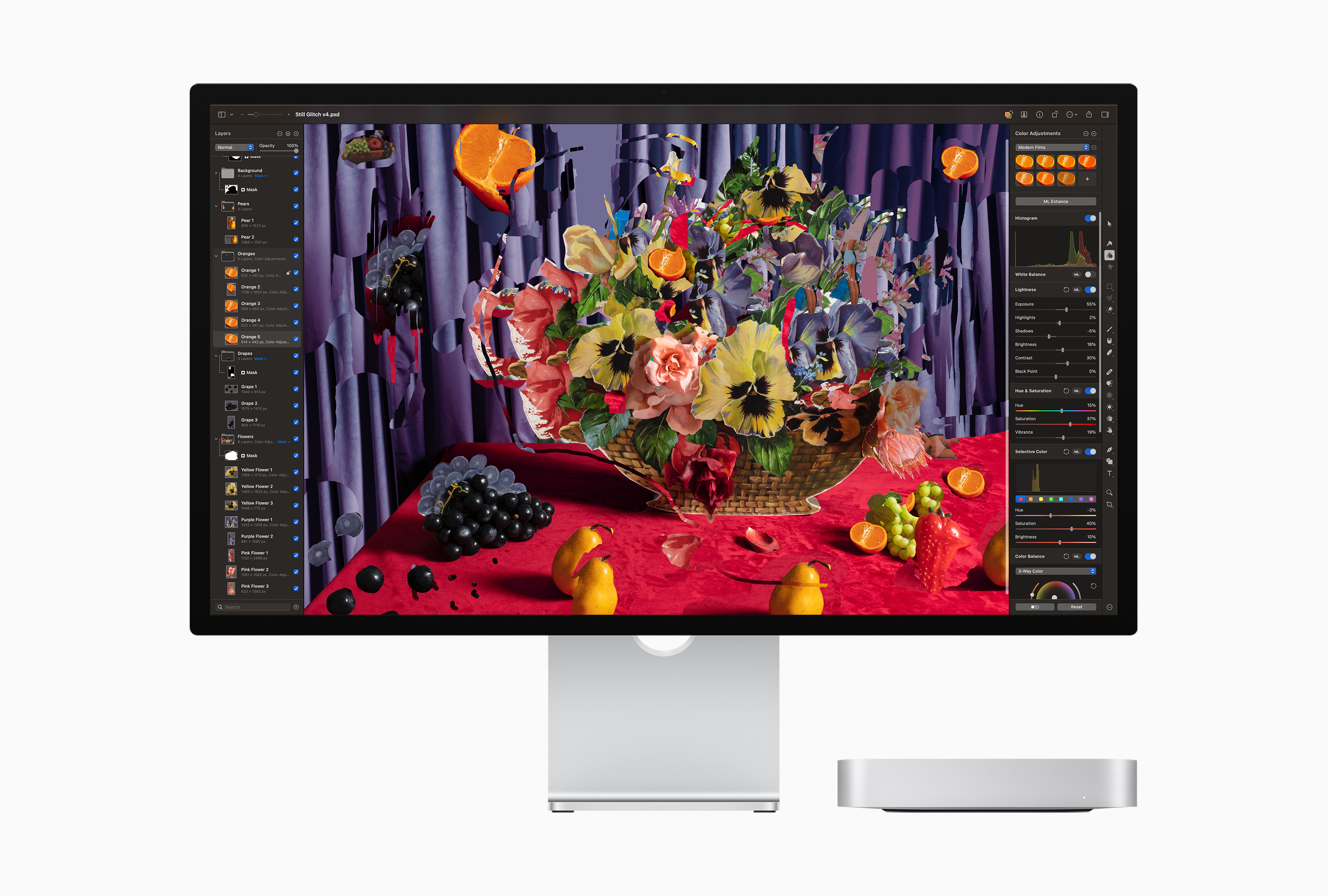

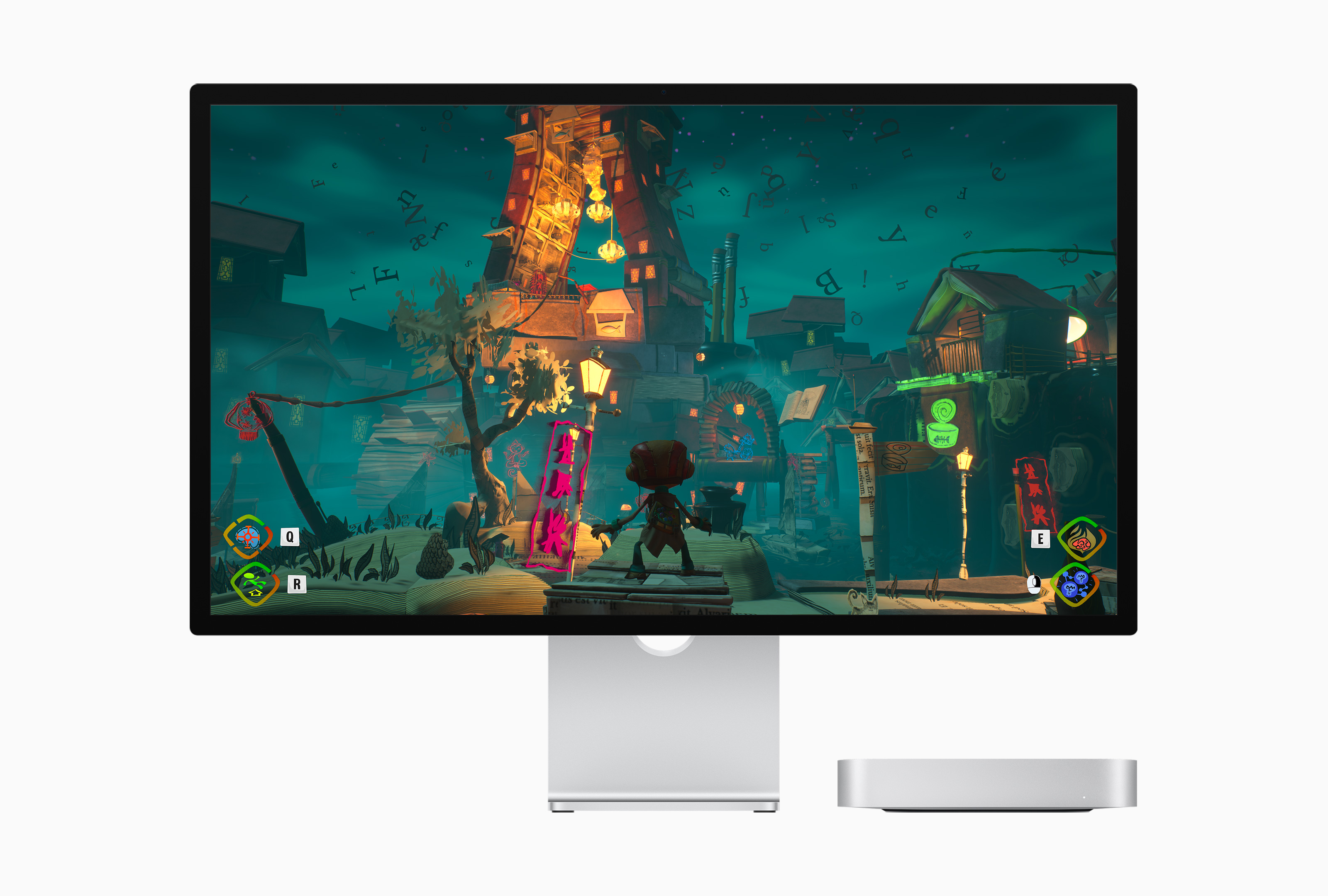
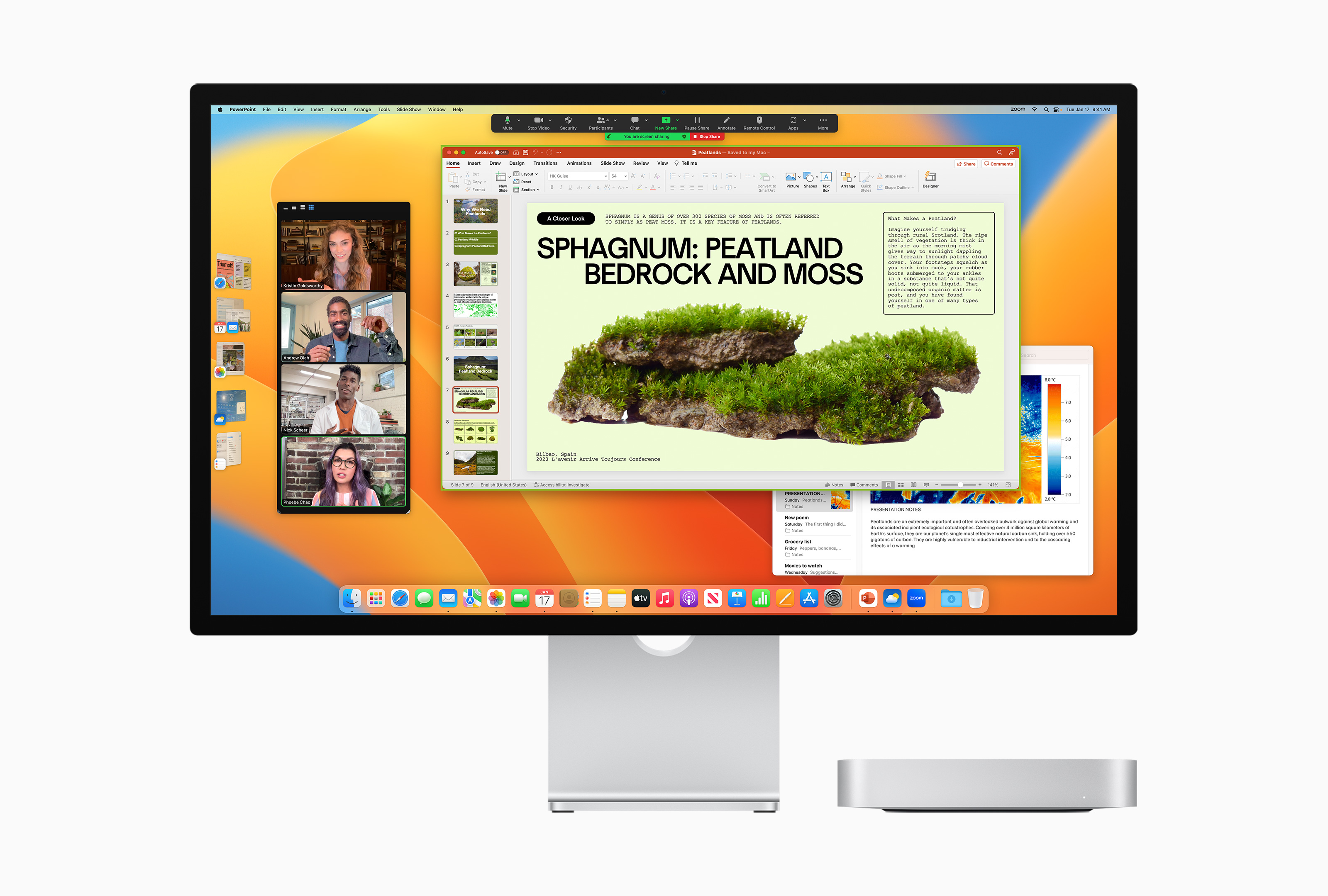
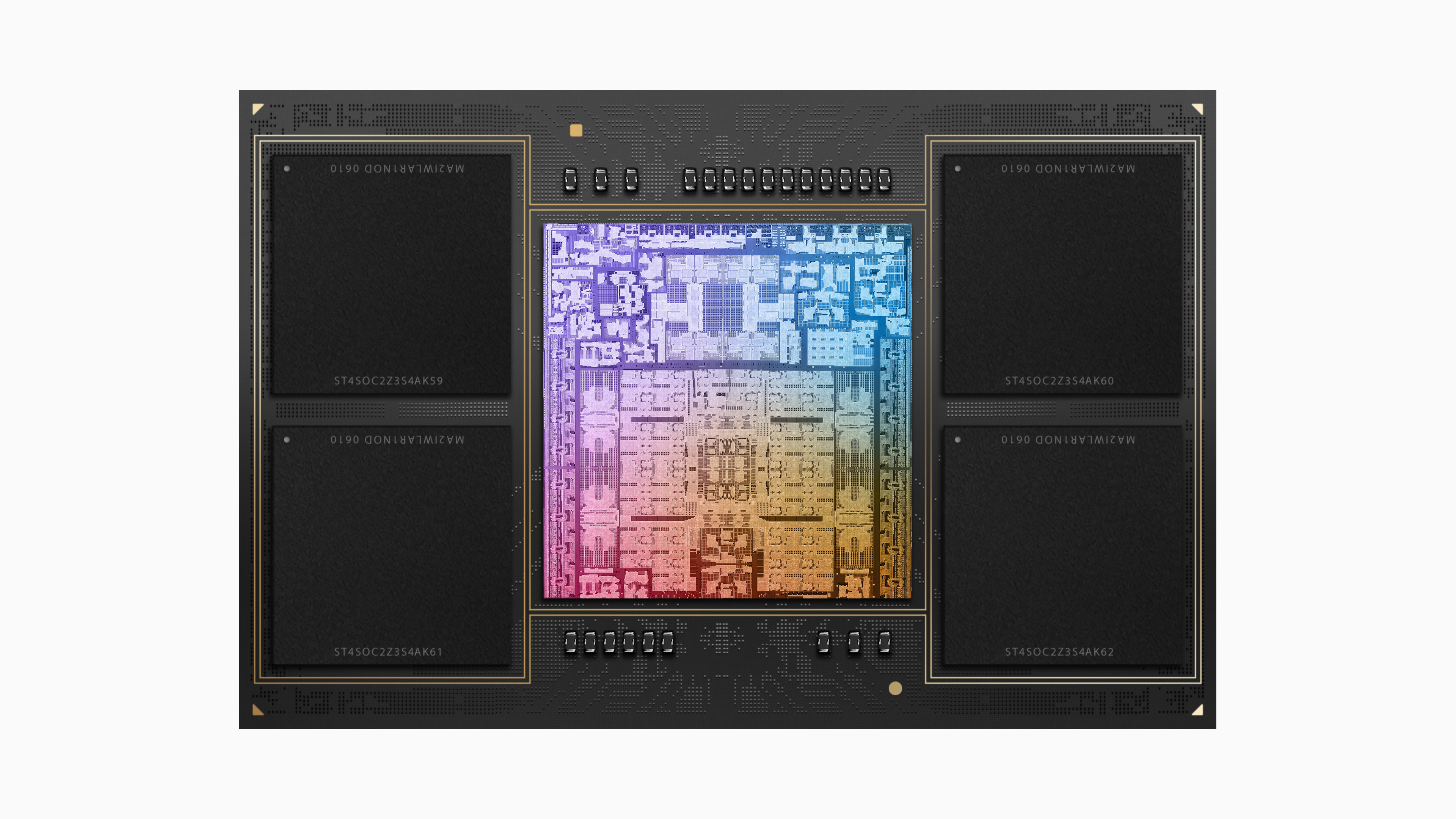
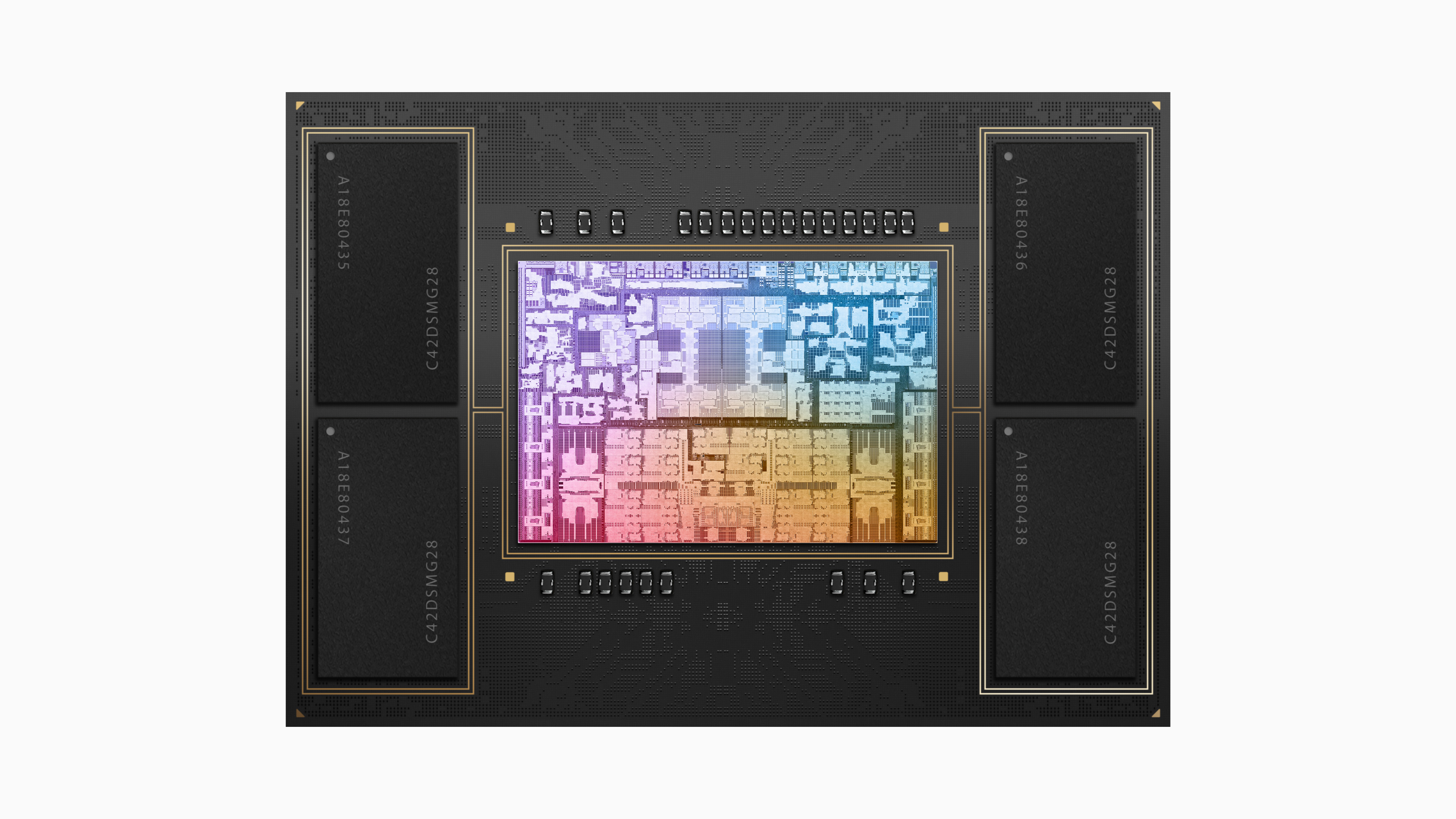




 Adam Kos
Adam Kos
And where is the lack?